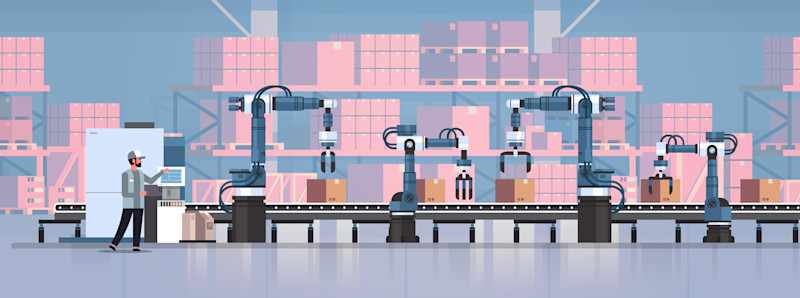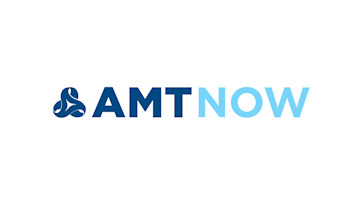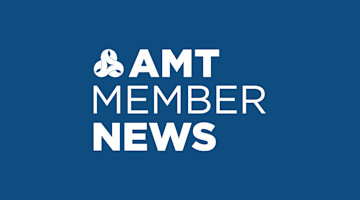Did Someone Say Data-Driven Decision-Making?
The manufacturing industry is exploding with technology growth. The connected factory has created significant leverage for adjacent technologies to permeate the industry. The continued need by enterprises to seek value from data will create a vacuum for machine learning, cybersecurity, data infrastructure, and edge computing. And that is just the digital side. Additive, automation, and metrology are continuing advancements that directly connect with better products for the end user. This rapid pace of change may be alarming to some, but there are ways to tame this beast and get past the hype cycle. Understanding and assessing the value of new technologies and constant research on available and mature technologies will drive enterprises to make robust decisions.
‘Traditional B2B Sales and Marketing Are Becoming Obsolete’
“Most B2B sales and marketing teams typically function in a ‘serial’ or linear manner,” says Brent Adamson, Gartner LLC, in his February 2022 Harvard Business Review article, “Traditional B2B Sales and Marketing Are Becoming Obsolete.” The traditional sales process can be characterized as having two phases – marketing and sales – with a clear “handoff” between them.
Adamson suggests that today’s digitally dominant buying behavior has rendered this linear approach obsolete. Alternatively, companies are addressing these shifting buyer behaviors with structural organizational changes, such as the Unified Commercial Engine (UCE).
“Unlike traditional silos, mapped to internal processes, the UCE is built through careful mapping of customers’ buying journeys across a range of predictable jobs to be done.”
BILT for Education and Workforce Development Programs
A new working model for industry advisory councils has been developed in the IT industry that can easily be adopted to the manufacturing industry as well. The Business and Industry Leadership Teams (BILT) initiative prescribes seven common-sense tactics for success, including: focusing on single educational program disciplines; convening more frequent meetings; focusing on discussing industry trends, especially in technology advancements; assuring that post-secondary faculty attend all frequent meetings; conducting jobs skills validation and assessing required knowledge, skills, and abilities (KSAs) on an annual basis; conducting faculty crosswalks of KSAs to the curriculum being taught; and two-way communication to provide frequent feedback. For more information, visit AMTonline.org/article/BILT.
Opportunities Abound in Mexico
Elsewhere in this issue is a nice piece about U.S. job shops with data that can certainly help you focus your sales strategy in this important customer sector. Speaking of which, have you looked across the border at Mexico? The job shop health there is impressive and a major contributor to the country’s industrial GDP growth of more than 4% this past year. There are more than 130,000 metalworking job shops in Mexico, with about 25,000 employing more than 15 people. The nearshoring phenomenon and recent regional trade agreement is keeping them quite busy in the automotive, aerospace, machinery, medical, and oil and gas spaces, among others. Same as here. However, in Mexico, the need to increase volume and complexity capabilities is huge. Translation: Opportunities! If you also offer training and in-house financing, you are a shoo-in. Tip: AMT has a Tech Center in Mexico to assist you in capturing this market.
Limited Progress on Tariffs
President Joe Biden has primarily left in place the $350 billion in Section 301 tariffs on Chinese goods levied by the Trump administration, stating that China has made little progress in its commitments under the Phase One trade agreement negotiated in 2020. In March, some positive news came when the U.S. trade representative reinstated tariff exclusions in 352 categories of products out of a possible 549. The exclusions include specific machinery, electrical equipment, chemicals, plastics, and automotive parts and will apply from Oct. 12, 2021, through Dec. 31, 2022. Elsewhere, the United States and U.K. reached an agreement to partially remove Section 232 tariffs imposed by the previous administration on steel and aluminum. The new deal establishes a tariff-rate quota that will allow a certain amount of steel and aluminum to enter the United States without duties. However, shipments from the U.K. above that level would still be subject to the duties. Visit USTR.gov for additional information on U.S. tariffs and trade policy.






